- Plaza de la Catedral / Plaza of the Cathedral, Old Havana – 2003
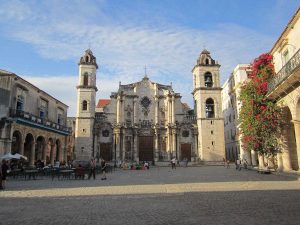 Read more
Read more - Cayo Jutía, Pinar del Rio – 2008
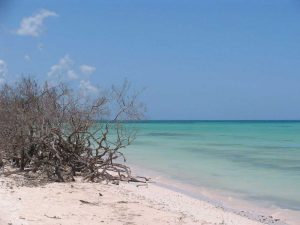 Read more
Read more - Peasant house on road to Cayo Jutía, Pinar del Rio – 2008
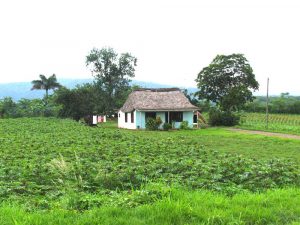 Read more
Read more - Peasant house in Viñales, Pinar del Rio – 2008
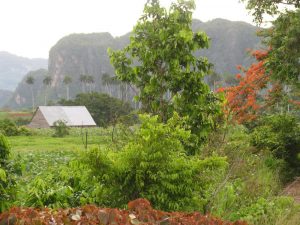 Read more
Read more - Playa Ancón / Ancón Beach near Trinidad de Cuba – 2008
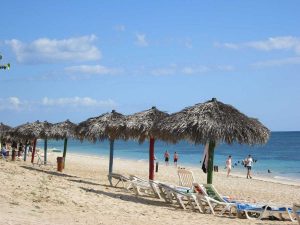 Read more
Read more - Bahía de la Habana/Bay of Havana – 2003
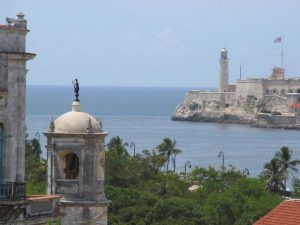 Read more
Read more - Librero – November 2003
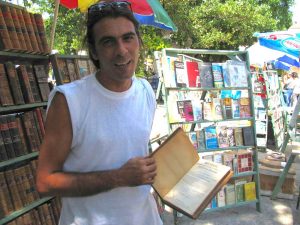 Read more
Read moreFrom the 1960s through virtually the present day, the Cuban Communist state promoted the idea that the books, ideas, political history, culture and social struggles that preceded it were inconsequential themes for discussion at best and taboo topics at worst. ...
- Houses in cages – August 2005
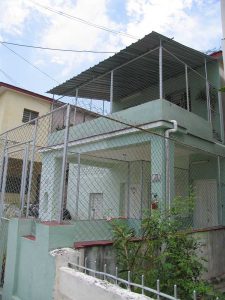 Read more
Read moreOne of the most striking changes to emerge with the rise of Cuba’s hotels, factories and assembly plants owned by joint ventures between foreign investors and the state or corporations owned by the state alone lay in the lifestyles of ...
- Police harassment of Black Cubans – June 2004
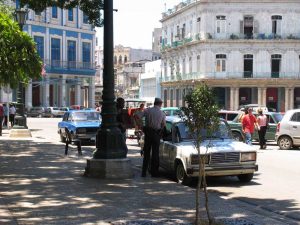 Read more
Read morePerhaps the most common sight in Cuba to emerge with the rise of tourism and the dramatic augmentation in the number of Cuba’s police and security forces is the constant stopping of young Black men on the street—in broad daylight, ...
- Learning to live amidst permanent piles of trash and debris – 2002-2007
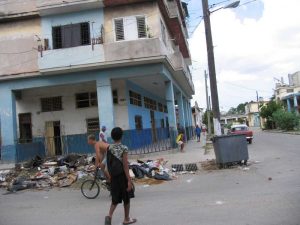 Read more
Read moreWhen government trash pick-ups from private homes slowed from once a week to once a month and then to “cuando les da la gana” during the Special Period, many loyal Cubans predicted that cleaning up ...
- The Return of the Plantain – July 2000 and August 2003
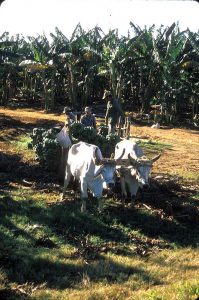 Read more
Read morePerhaps the most popular product to return en masse to Cuba’s post-Communist cuisine was the traditional plantain, known as the plátano macho. Thanks to farmers who worked in densely planted fields and pregoneros, street dealers who chanted or improvised songs ...
- The Small Business Boom – July 2008
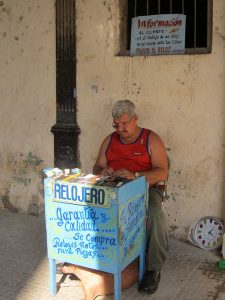 Read more
Read moreThe first decade of the 2000s saw the numbers of repairmen surge as relatives and former neighbors who emigrated abroad began sending materials to skilled artisans on the island who could serve citizens who needed to fix small but essential ...
- Drive-By Smoked Chicken – November 2007
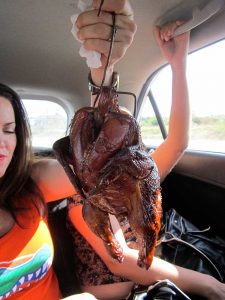 Read more
Read moreNo longer content to sell braids of garlic or homemade guava paste and cheeses, guajiros by the early 2000s were taking risks and selling smoked chickens, ducks and even wild fowl for the same flat price of $5 USD each. ...
- Government pushback and the power of Cuba’s collective taxis – November 2003
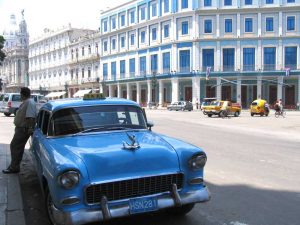 Read more
Read moreOn 13 March 1968, Fidel Castro unexpectedly announced the seizure of all remaining (52,000) small businesses in the name of teaching citizens Communist behavior, values and consciousness once and for all. Only selected sectors of businesses remained in private hands—although ...
- Diverse forms of transportation reflecting the political history of a Communist state – May 2005
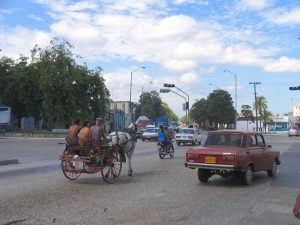 Read more
Read moreWith the rise of Hugo Chávez’s “Bolivarian Revolution” in Venezuela, Cuban leaders again privately traded certain secret services in exchange for access to cheap oil and gas. As a result, Havana’s streets, while never a site of “traffic jams”, began ...
- The Camel and Cuban ingenuity – August 2005
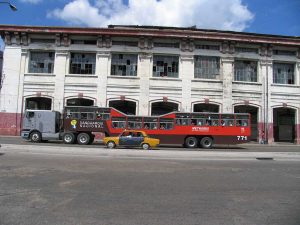 Read more
Read moreOne of the icons of the Special Period was Cuban government engineers’ creation of an eighteen-wheeler bus that could transport hundreds of standing passengers. Because of its two “humps”, Cubans called it el camello. A response to the sudden disappearance ...
- Squatters and scavengers amidst decades of scarcity – August 2005
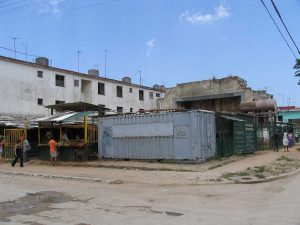 Read more
Read moreWith demand for fresh fruits and vegetables high, peasant production on the rise and many lots emptied by building collapses over the years, the most peculiar of places became sites for agropecuarios. Just a few blocks from where my cousin ...
- Cuatro Caminos – June 2005
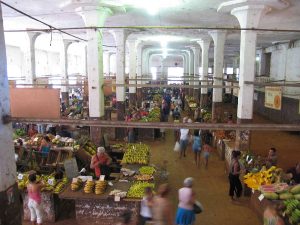 Read more
Read moreLocated on Monte and Arroyo Streets, this giant, indoor market was famous prior to the Revolution of 1959 for housing the most diverse and succulent of agricultural products as well as many vendors’ food stalls. Although most of the farm ...
- Rigoberto and the Best Mangoes in the World – July 2005
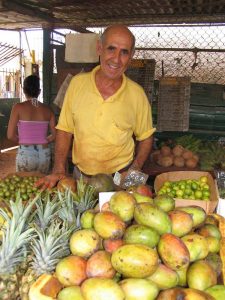 Read more
Read moreIn 2005, my cousin Rigoberto Amores emerged from retirement to work for a small peasant cooperative of several families as a salesman at their farm stand in his neighborhood’s agropecuario, located in Havana’s Santos Suárez neighborhood. At the time, hiring ...